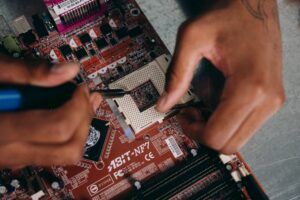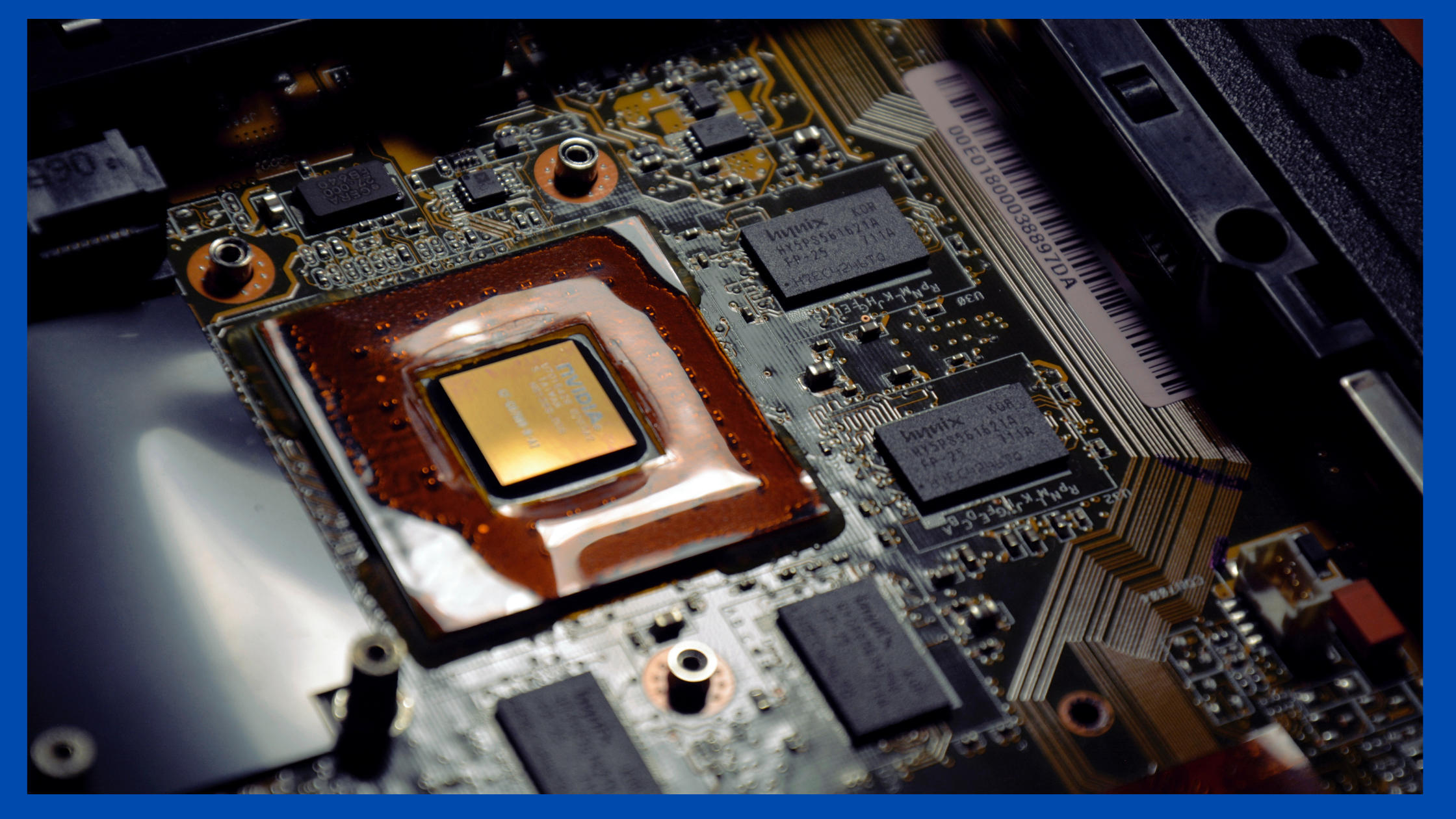Laptops are a popular choice for people who need to be productive on the go. They offer portability and convenience, but one issue with them is that their CPUs can thermal throttle at just 50 degrees.
It means that the laptop’s CPU will reduce its speed to protect itself from overheating. It can be a significant issue, especially if you’re trying to do something processor-intensive like editing video or gaming.
There are a few things that you can do to help your laptop run more relaxed and prevent thermal throttling.
You can try using a cooling pad, or you can reduce the load on the CPU by closing unused programs.
If your laptop still thermal throttles at 50 degrees Celsius, you may need to upgrade your CPU cooler.
What is the problem of laptop CPUs thermal throttling at just 50 degrees?
When you’re using your laptop, and if the CPU starts to thermal throttle, it means that the computer is not getting rid of the heat fast enough.
It can happen when the CPU is working hard, and it can cause the computer to slow down.
Here are a few different ways to combat this issue.
- One is to use a cooling pad, which will help keep your laptop cool while you’re using it.
- Another is to keep your laptop in a well-ventilated area, so the air can circulate and help it stay cool.
Causes of thermal throttling include:
Many factors can cause your laptop CPU to throttle. Here we discuss some of these:
- Poor Airflow
- Overclocking
- Long Usage
1. Poor Airflow
It is no secret that MacBooks suffer from thermal throttling. The root of the problem is poor airflow.
A laptop’s cooling system is designed to push hot air out of the chassis and draw in cool air. But when the fan can’t keep up, the CPU starts to throttle, or slow down, to prevent it from overheating.
Thermal throttling can cause a MacBook to run up to 50% slower than it should. It can be very frustrating for users trying to get work done or play games.
You can do a few things to help improve the airflow and reduce the risk of thermal throttling: Keep your MacBook on a hard surface like a desk or table. Putting it on your lap will obstruct the fan and make it work harder.
2. Overclocking
There has been a lot of discussion about overclocking and the thermal throttling that can occur as a result.
Some people say that overclocking is the cause of thermal throttling, while others say that it’s not. What’s the truth?
To answer this question, we must first understand what overclocking and thermal throttling are.
Overclocking is increasing a processor’s or memory’s speed beyond its rated specifications. Thermal throttling occurs when a device gets too hot and starts to slow down to protect itself from damage.
So, is overclocking the cause of thermal throttling? The answer is yes and no. Overclocking can cause a device to get too hot and experience thermal throttling. No, overclocking is not always the root cause of thermal throttling.
3. Long Usage
Thermal throttling is a common issue that can arise in electronic devices. This problem usually results from too much heat generated by the device’s processor.
When this occurs, the processor will reduce its speed to prevent the device from overheating. Thermal throttling can cause a wide variety of problems for users and is often difficult to fix.
One of the leading causes of thermal throttling is extended usage.
If a device is helpful for an extended period, it will generate more heat than if it is helpful for a shorter time. It is because processors tend to produce more heat as they age.
In addition, some applications may be more taxing on processors than others. For example, gaming applications can cause significant amounts of heat, which can lead to thermal throttling.

How to Fix Thermal Throttling?
- Performance Monitoring Software
- Improving the Cooling System
- Undervolting and Underclocking
1. Performance Monitoring Software
Thermal throttling is a common problem on laptops and can dramatically reduce performance. Performance monitoring software can help identify and fix thermal throttling issues.
The software can help to find the source of the problem and adjust settings to prevent the throttling from happening. It can help to improve performance and keep your device running cooler.
2. Improving the Cooling System
The overheating of processors is a common problem; you can fix this by improving the cooling system.
Thermal throttling occurs when the processor gets too hot and starts to slow down to prevent damage. You can fix this by using a better cooling system or adding more fans.
- One way to improve the cooling system is to use water cooling. It involves using a water block to transfer heat from the processor to a radiator. The radiator then dissipates the heat into the air. Another option is to use a liquid cooling system, which uses a pump to circulate coolant through pipes that run from the processor to the radiator.
- Another way to improve the cooling system is to add more fans. You can do this by adding more fans to the case or using a fan controller.
3. Undervolting and Underclocking
Underclocking your CPU can help to fix thermal throttling. Thermal throttling is when your CPU is getting too hot and starts to slow down to try and cool down.
It can cause your computer to run slowly and make it difficult to do anything intensive. You can underclock your CPU by lowering the speed at which it runs.
You can also do it by reducing the voltage that it uses. It will help keep your CPU cooler and stop it from thermal throttling.
Conclusion:
In conclusion, Why Does Laptop CPU Thermal Throttle at 50 Degrees? laptop CPUs thermal throttle when they reach a specific temperature.
You can do this to prevent the CPU from overheating and damaging the computer. While this can be frustrating, it is a necessary safety measure.
If your laptop is thermal throttling, you can try to reduce the heat by using a cooling pad or turning off some of the devices that are using power.




